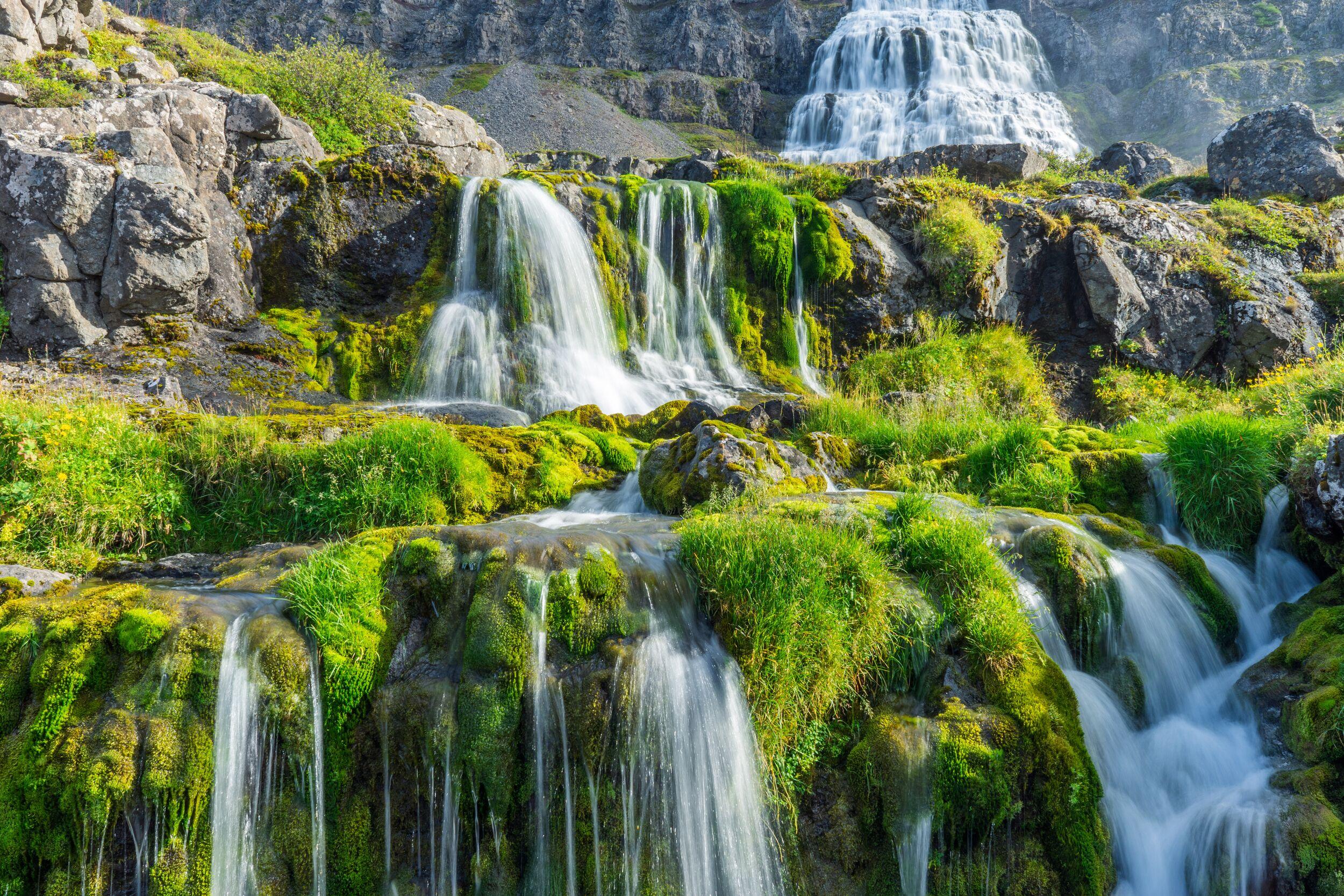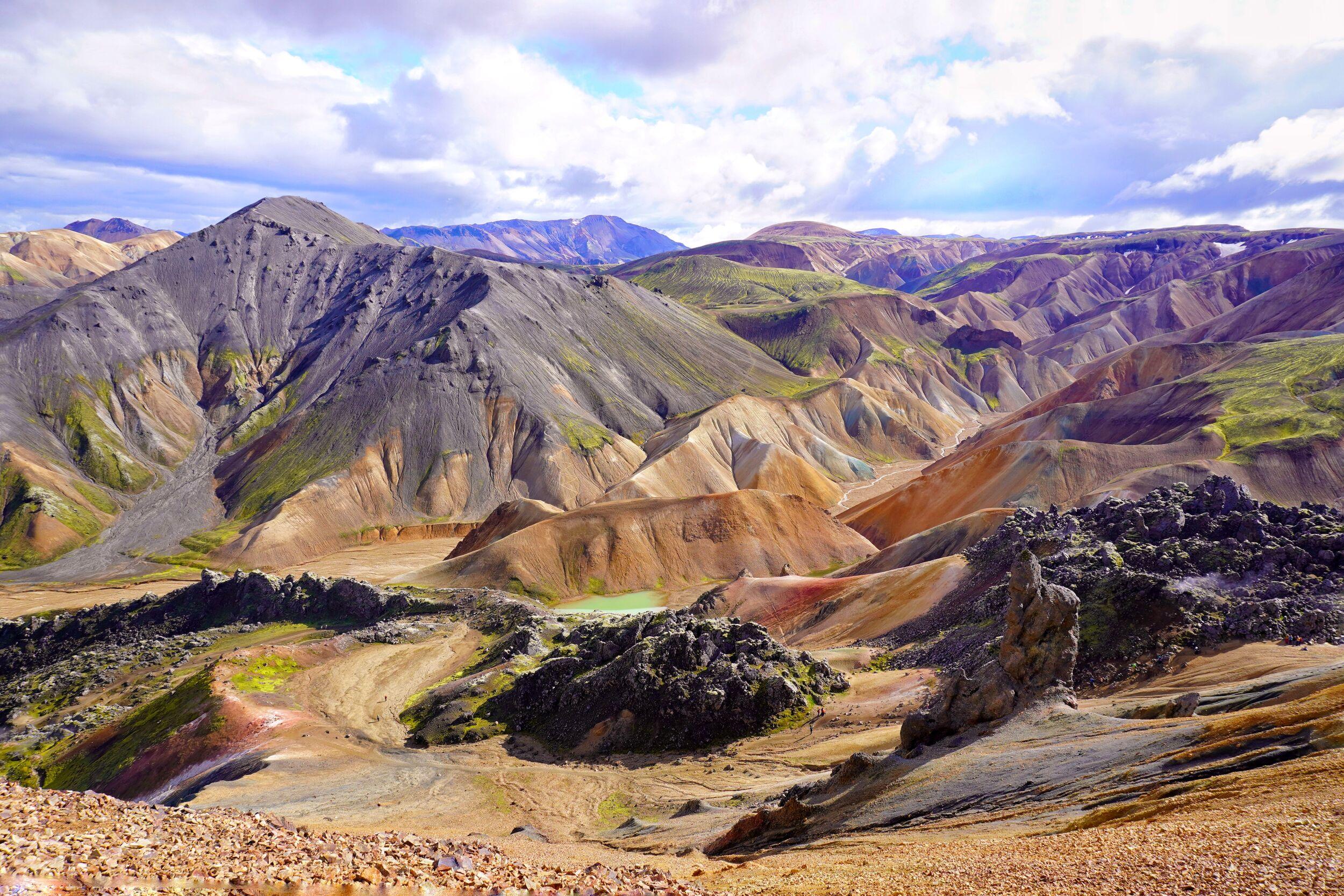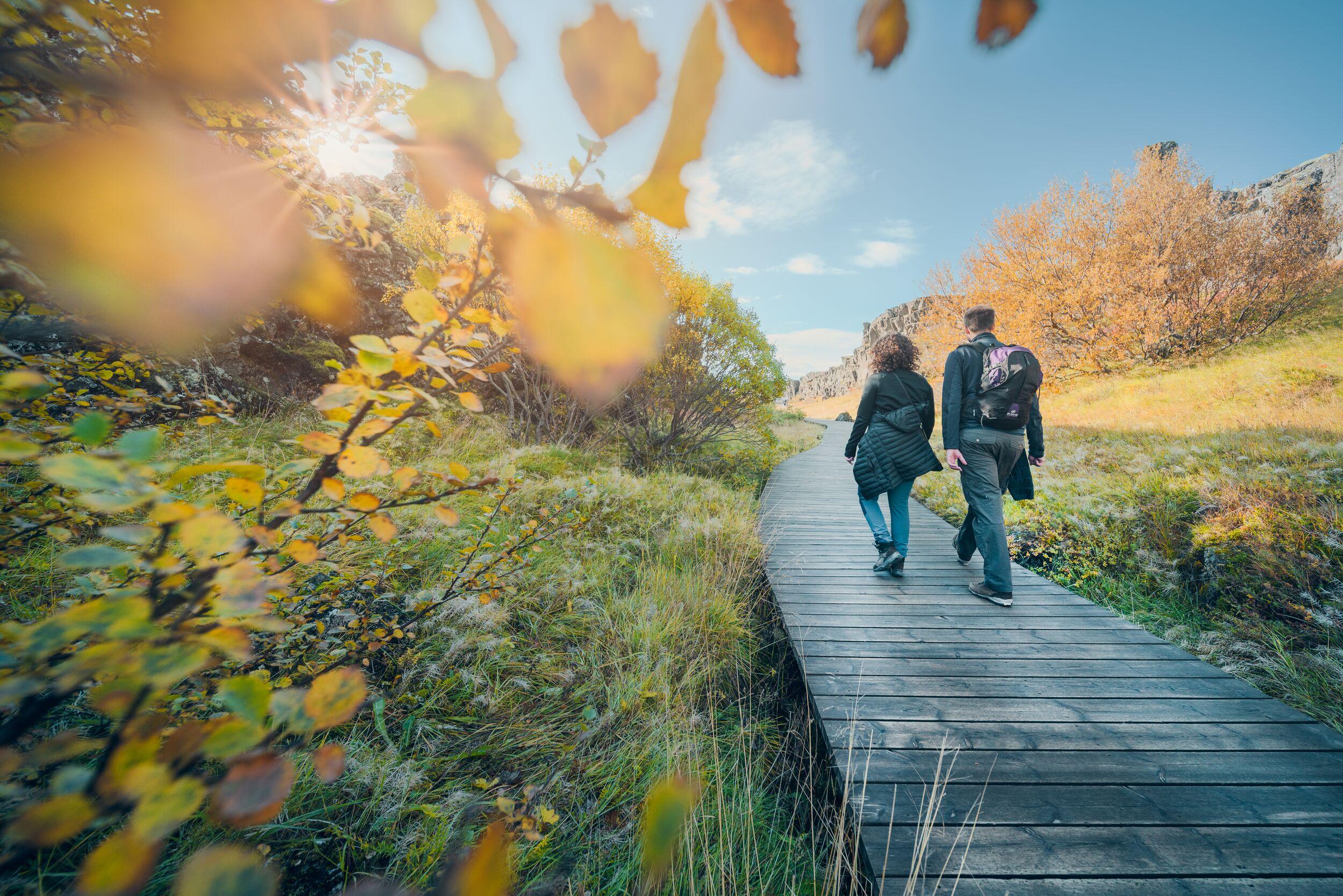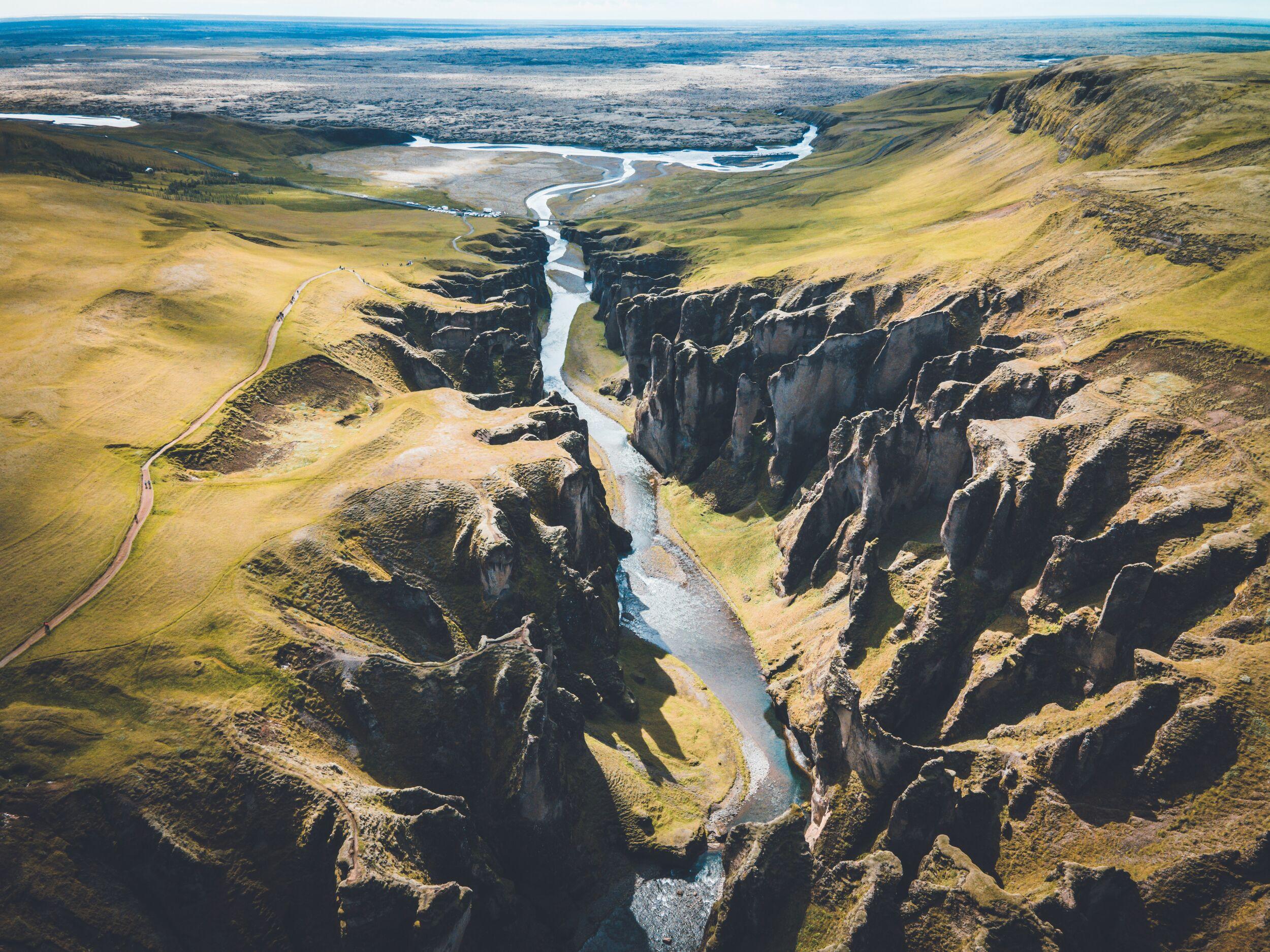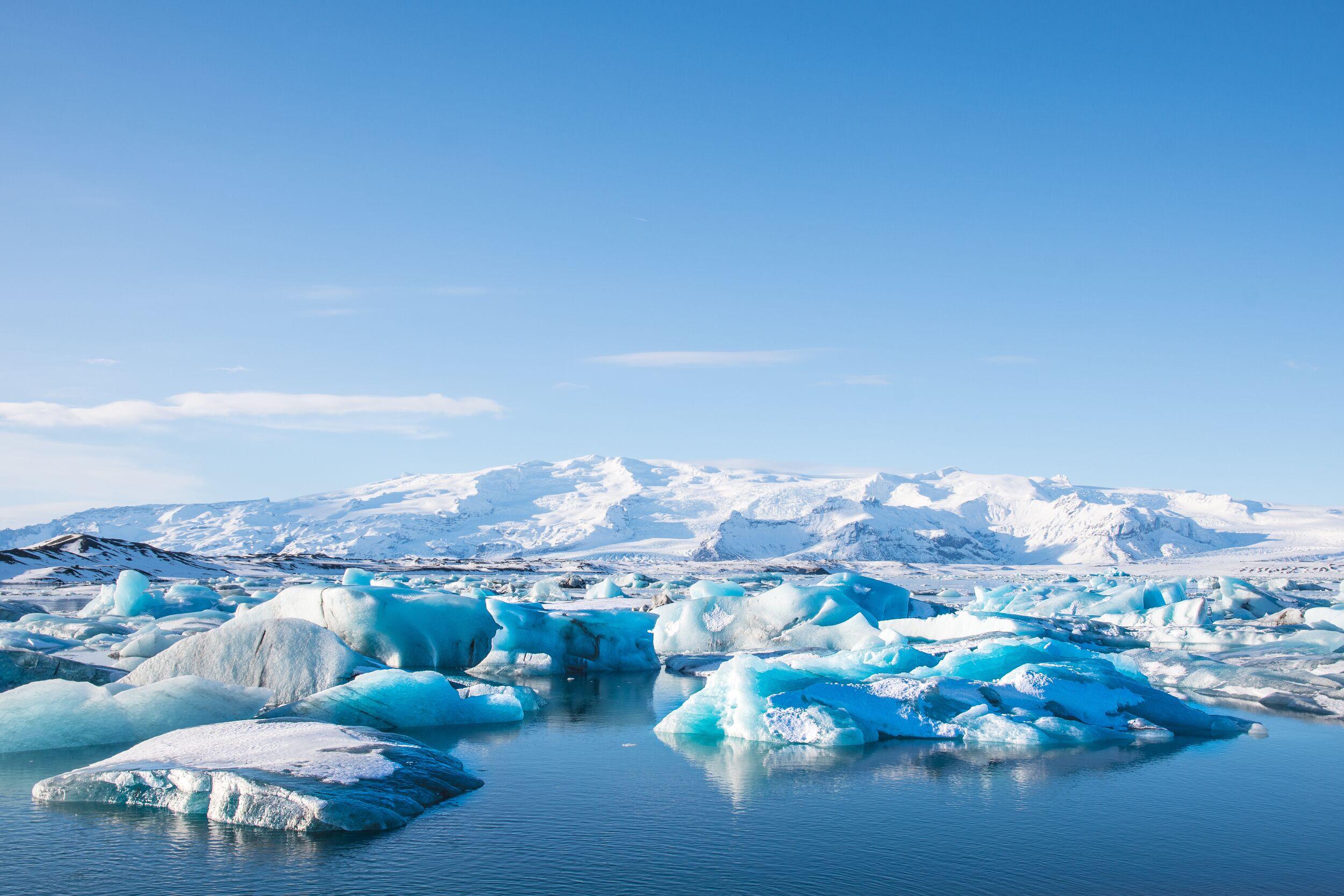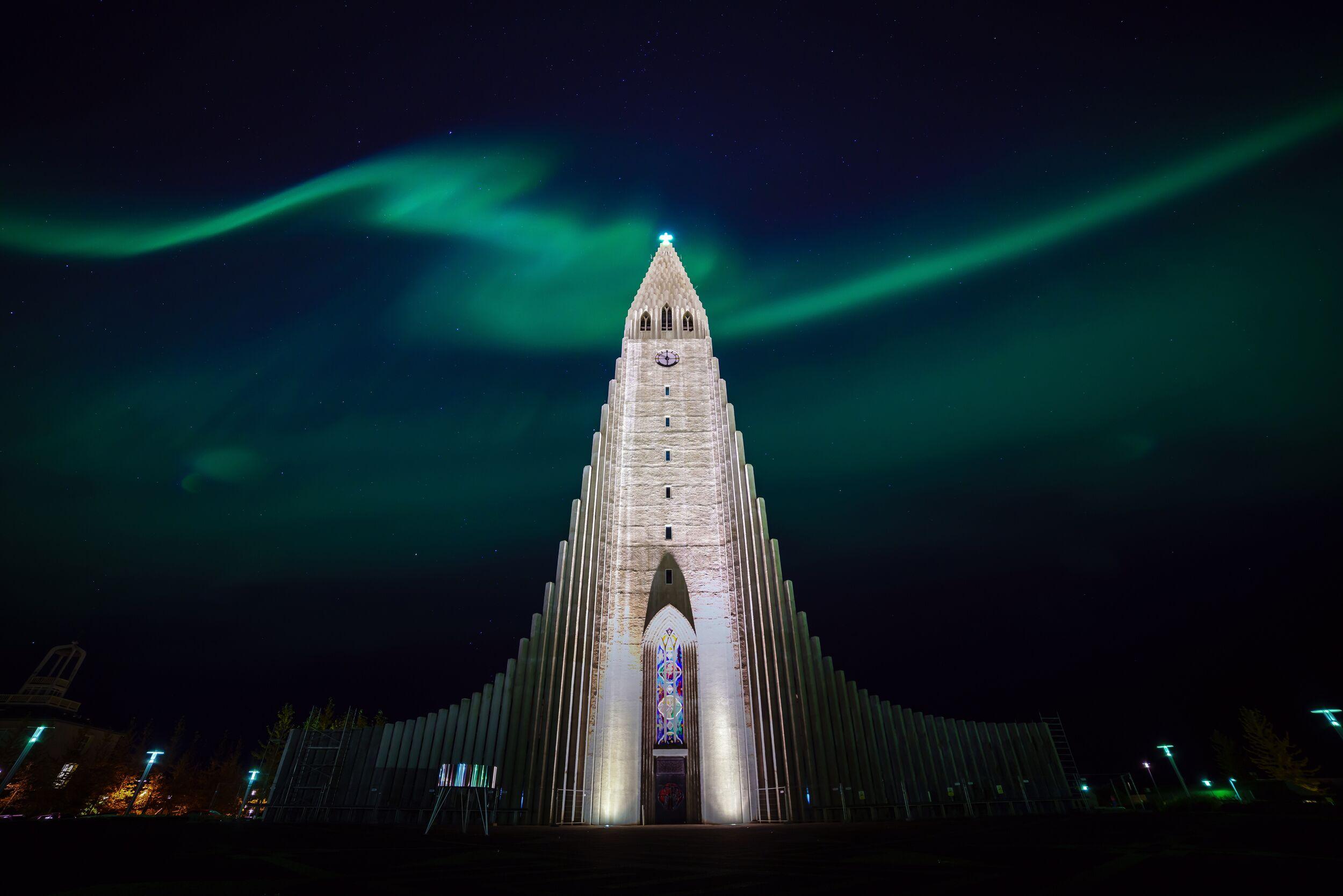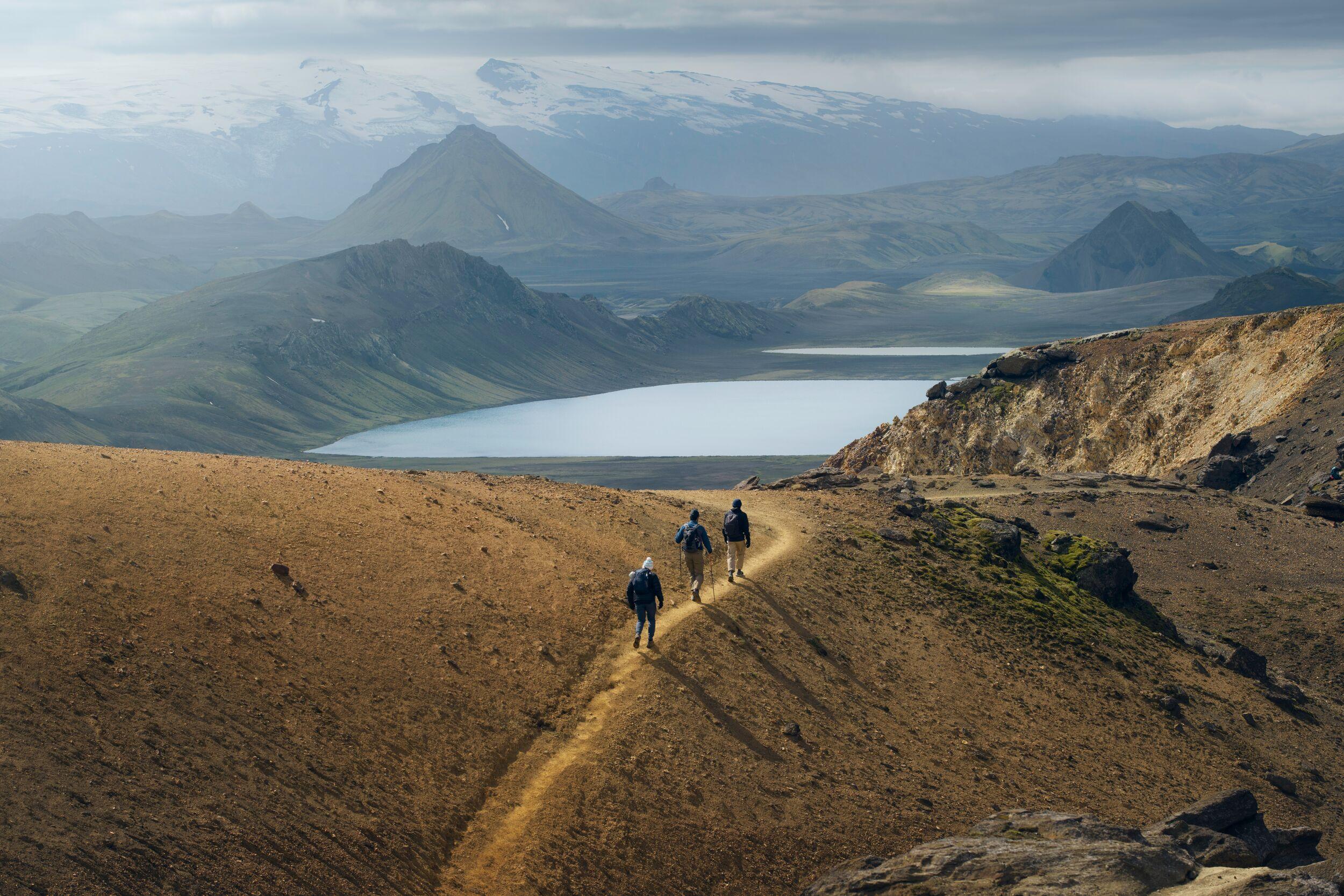Iceland weather by month
Table of Contents
Iceland’s a year-round destination but its weather varies greatly across the seasons. Notoriously changeable, even in summer, it can be a source of anxiety for would-be visitors. Fortunately, those who do gamble on good weather find the extraordinary landscapes still have the wow factor even if sunshine doesn’t materialise. Nevertheless, factoring in what’s typical into your plans helps immensely when it comes to packing and to managing your expectations.
In this article, we’ll explore what makes Iceland’s weather so hard to forecast, the kind of conditions that statistically are most likely from month to month and how to prepare effectively for your trip no matter when you come. We’ll also take a look at how the Icelandic weather by month has a bearing on the tours you might book, with suggestions for when’s best for outdoor activities such as Northern Lights hunts, whale watching and hiking.

The effect of the Atlantic Ocean and the Arctic
“If you don’t like the weather, wait five minutes.”
To understand why Iceland’s weather is so unpredictable, we need to focus on the ocean that surrounds it. Within the Atlantic, a powerful current called the Gulf Stream carries warm water from the Caribbean to northerly latitudes. A branch of this vital current flows to the west and south of Iceland and influences the air above it in the process.
But Iceland is also heavily influenced by the Arctic to the north, and this region is characterised by much colder air. When warm and cold air masses meet, the warm air is forced to rise. In doing so, it cools and condenses, leading to significant cloud formation. Where that occurs, storms can develop rapidly and rainfall is common.
This climatic activity helps to explain why the north of Iceland is typically not only drier but also wetter than more southerly destinations such as Reykjavik. As Iceland is a relatively small country – to drive from Reykjavik to Akureyri takes around five hours, for example – this can have a bearing on itinerary planning and where you choose to be based.
Preparing for outdoor adventures in Iceland
“There’s no such thing as bad weather, only bad clothing.”
Perhaps the best thing to do when preparing for a visit to Iceland, no matter what the time of year, is to expect bad weather and pack accordingly. Layering up with warm undergarments and a water- and windproof outer shell, coupled with keeping extremities warm with hat, gloves and thick socks, is a good strategy. You can always peel off items you find you don’t need.
That said, Iceland isn’t as cold as you might expect. Often, it’s the wind chill that makes it feel colder than it actually is, especially if its blowing Arctic air down from the north. If you’re able to get out of the wind, or when it drops, you’ll feel a whole lot warmer. It’s also why it’s usually a waste of time packing an umbrella.
When’s the best time for outdoor activities?
While it’s possible to see and do a lot no matter when you come, certain activities are a better fit in some seasons rather than others. Iceland’s seasonal weather patterns have an impact on certain outdoor activities, so let’s take a look at the best months to visit Iceland for some of them.
Geothermal lagoons
Soaking in a geothermal lagoon is generally considered a year-round activity. As most of your body is submerged in warm water, you can throw on a bobble hat and enjoy relaxing outdoors without feeling too cold. Some are more sheltered than others, however, and you might choose one with a transitional space indoors – where you enter the water before heading outside – to make the experience more pleasurable.
Whale watching
Likewise, whale watching season in Iceland lasts the whole year, though typically demand is higher in peak season (June to August) resulting in a greater choice of departures. Also, the lack of daylight restricts availability during the winter months. Most importantly, stormy weather whips up the waves and leads to cancellations. Many travelers prefer to venture out into open water on a calm day, so that’s a vote for the summer.
Northern Lights hunts
If you’re wondering when to see Northern Lights in Iceland, the aurora borealis shows up from late August through until late April. Both weather and sunset times impact Northern Lights hunts. To see the aurora when solar activity is high, you’ll need clear skies – clouds will obscure your view. It also needs to be very dark for the colors to pop, so you’ll need to wait until twilight is over. In winter, Northern Lights tours depart earlier in the evening as a result. Statistically the spring and autumn equinox are best for displays, but whether you have clear skies too is down to luck.
Hiking
People hike in Iceland throughout the year, but trails can get boggy, muddy or slippery with ice from autumn through until spring. Summer is the best season if you want to strike out along a scenic path to a hidden waterfall or delightful canyon. Consider hiring a guide for a long distance hike, both for safety’s sake and also to learn about the landscape and cultural background of the area through which you’re walking.
Boat trips on the glacier lagoons
Glacier lagoons such as Jökulsárlón and Fjallsárlón are deservedly popular with visitors to Iceland’s gorgeous south coast. You can visit on foot at any time of year but if you’re keen to take a boat trip, either a Zodiac or the amphibious boat at Jökulsárlón, you’ll need to come from late spring to early autumn as they operate seasonally.
Visits to the Highland region
It’s possible to get up into the mountainous Icelandic interior year-round, but only using specially-adapted super jeeps. In summer, however, that changes. The Highland Bus shuttles between Reykjavik and the Highlands, dropping passengers at Landmannalaugar and at Þórsmörk either for a day trip or overnight stay.
Birdwatching
Many species of birds overwinter in Iceland but the one that garners all the attention is a seasonal migrant. Puffins arrive at Iceland’s shores in April where they nest in cliff-side burrows to rear their chicks. By mid-August their offspring have fledged and the colony flies off en-masse back out to the open ocean where they’ll remain until spring.
Iceland weather by month
Iceland’s weather can be off-putting for first-time visitors, but it doesn’t need to spoil your trip. Let’s give you a guide to the typical climate you might expect in different seasons, though with the caveat that conditions can vary dramatically from one year to the next. The average temperature in Iceland each month, as well as the rainfall in Iceland by month, can be very different, which can impact what many consider to be the best months to visit Iceland. There’s also a significant change in daylight hours in Iceland month by month, another factor that you’ll need to take into consideration.
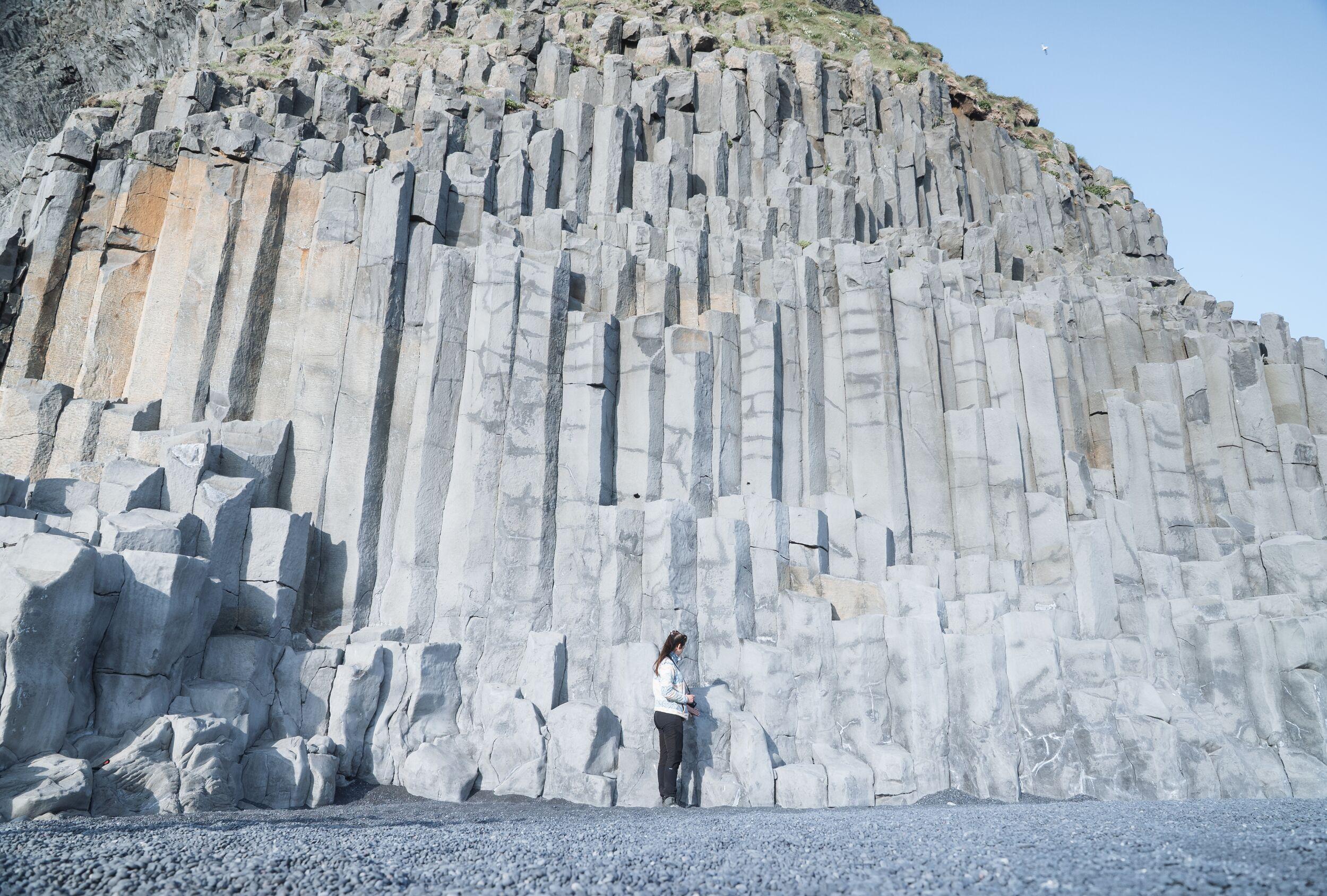
March
Daylight is also a factor in choosing to visit Iceland in March. The weather is still hit and miss, but it stays light for about 13 hours by the end of the month which gives you much more flexibility when it comes to putting together a sightseeing itinerary. Temperatures start to creep up a little and with that, any snow might become sleet or rain. March tends to be one of the wettest months of the year.
April
Mean temperatures tend to settle between about 3 and 5°C this month, though the wind can still be bitterly cold. This month is also showery, so bringing waterproof gear is a must if you’re planning to be outside for any length of time. Usually, it rains for about half the month in the capital, though the total is rarely much more than 75mm. It’s worth noting that the north tends to be a lot drier, though also a few degrees colder.
May
This is one of the best months to visit Iceland, as the summer crowds have yet to materialise but the worst of the winter weather is behind you. It’s still cool, with temperatures struggling to reach double figures. Daylight is plentiful, though, so if you’re planning long days out such as a south coast tour as far as Jökulsárlón Glacier Lagoon, you’ll get to enjoy the scenic journey there and back in daylight.
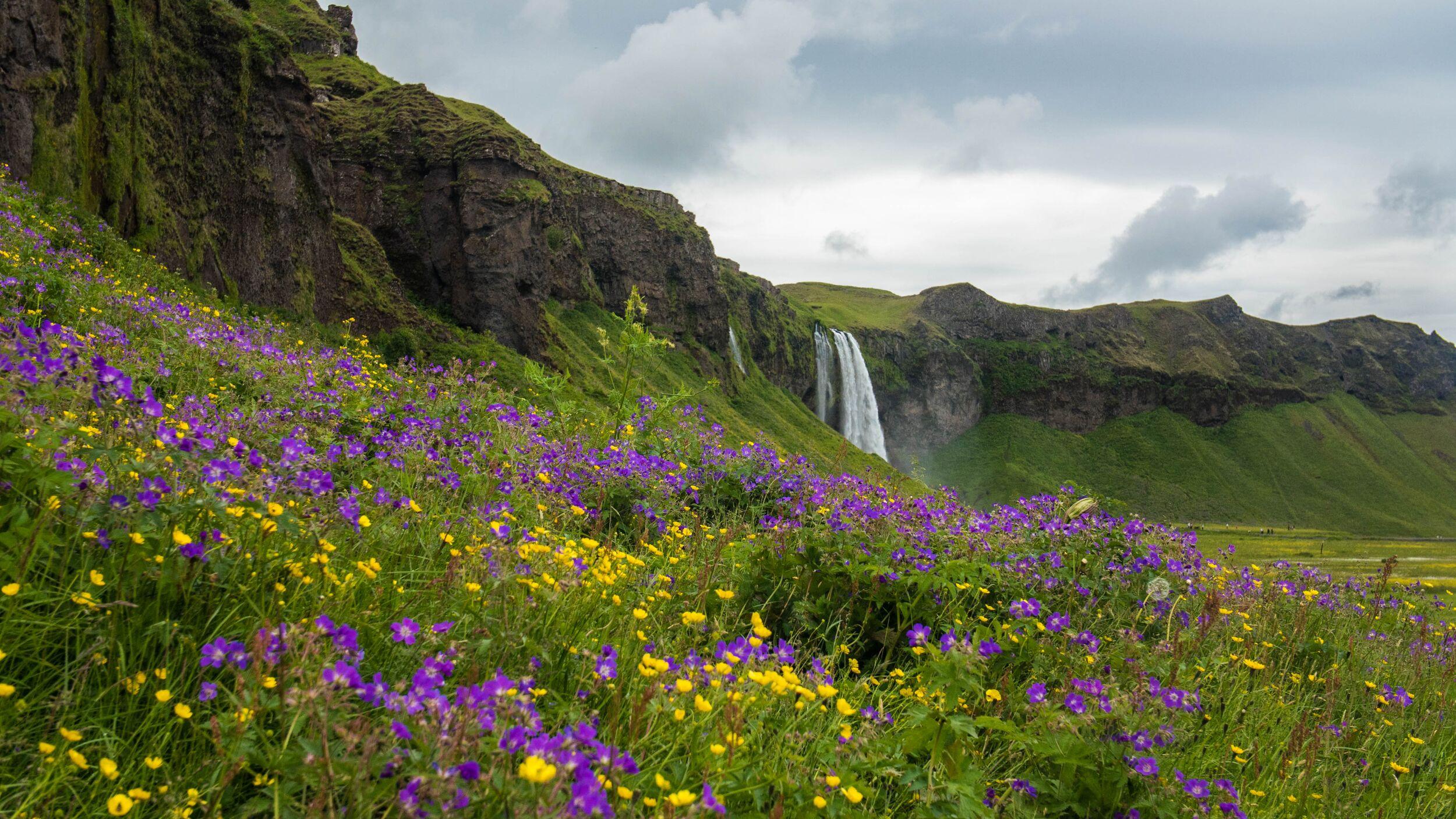
June
June heralds the start of summer as the F-roads into the Highlands open and normally, rain becomes less frequent. Mean temperatures finally manage to top 10°C and the air feels mild, though short-lived storms can still punctuate this fine weather. It’s a super time for tours and outdoor activities. This month sees the Midnight Sun in the Arctic, so pack an eye mask as the sky never really gets dark, even after sunset.
July
Peak summer season in Iceland doesn’t equate to balmy, hot days. Nevertheless, July is usually the warmest month of the year, with temperatures in the range of 10-14°C. This can mean you can leave your jacket on the bus and, perhaps, a T-shirt might be sufficient under a sunny sky. If it rains, precipitation most often comes in the form of light rain or drizzle, but downpours can’t be ruled out completely.
August
As the Icelandic summer wraps up, temperatures don’t plummet too quickly and 13°C is still possible; occasionally, you might even get an extraordinarily warm 20°C – especially further east – though this can’t be guaranteed. August remains comparatively dry, though 60 to 70mm for the month is still the norm. Even towards the end of the month, major tourist attractions can feel busy as a result, so book ahead for popular tours and activities.
Average temperature and daylight hours in Iceland by month
Iceland’s temperatures stay relatively mild year-round thanks to the Gulf Stream, but they do vary by season. Expect average lows around –1 °C in winter and highs near 12 °C in summer.
Average Temperature in Iceland by Month
| Month | Avg temperature in °C | Note |
|---|---|---|
| Jan | -1 to 1 | Coldest month, snow common |
| Feb | -1 to 2 | Still deep winter |
| Mar | -0 to 3 | Early spring thaw |
| Apr | 2 to 5 | Milder days |
| May | 5 to 8 | Pleasant spring weather |
| Jun | 8 to 11 | Start of summer |
| Jul | 10 to 13 | Warmest month |
| Aug | 9 to 12 | Mild, stable weather |
| Sep | 6 to 9 | Crisp autumn air |
| Oct | 3 to 6 | Cooler, more rain |
| Nov | 0 to 3 | Frost and sleet likely |
| Dec | -1 to 1 | Short, cold days |
Average Daylight Hours in Iceland by Month
| Month | Hours of Daylight |
|---|---|
| Jan | 4 to 5 hrs |
| Feb | 7 to 10 hrs |
| Mar | 10 to 13 hrs |
| Apr | 13 to 16 hrs |
| May | 16 to 20 hrs |
| Jun | 20 to 22 hrs |
| Jul | 18 to 21 hrs |
| Aug | 15 to 18 hrs |
| Sep | 12 to 14 hrs |
| Oct | 9 to 11 hrs |
| Nov | 5 to 8 hrs |
| Dec | 4 to 5 hrs |
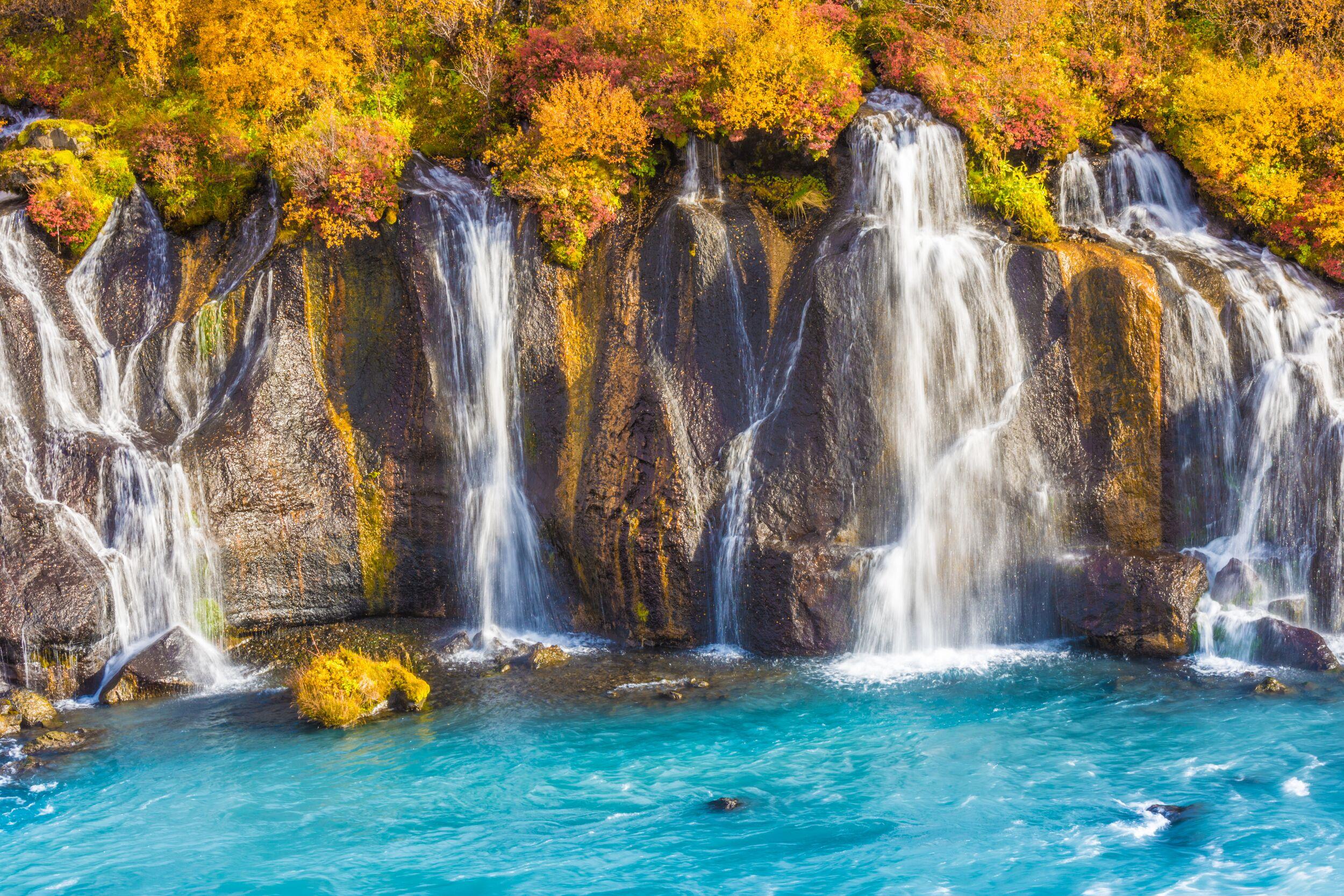
September
Days are still long in September, which means this month is ideal for sightseeing. As it signals the start of autumn, the leaves of trees and shrubs in places such as Þingvellir National Park turn beautiful shades of gold, red and purple as the falling temperatures impact the vegetation. Nights can be chilly and even in the daytime you might find temperatures fall to 5°C. The wind picks up too, bringing squally showers and overcast skies.
October
Autumnal unpredictability continues to be the signature of the weather in Iceland in October. Nights start to become cold and days can be rainy and chilly, but far fewer visitors come to Iceland at this time of year so popular sights aren’t so busy. If you are fortunate enough to experience clear skies, this is a good time to head out in search of the Northern Lights before winter really kicks in.
November
November heralds the start of winter and snowy weather isn’t uncommon as a result, particularly in the north and east of the country. Average temperatures can fall below zero again and the nights are starting to draw in. But this means you can set out earlier in your quest to witness the aurora borealis – a consideration for families travelling with small children.
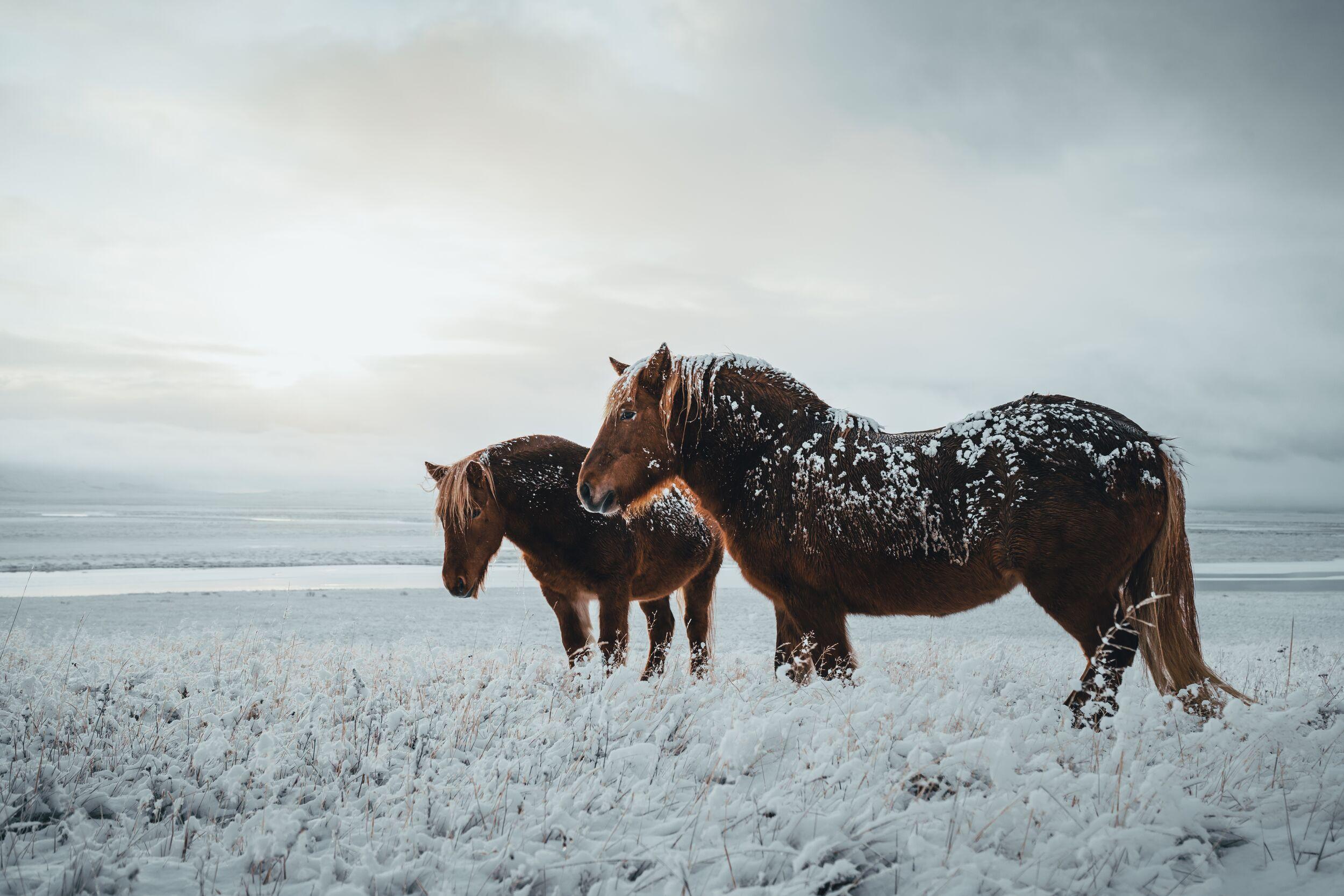
December
Advent decorations and twinkling lights create a magical atmosphere in December. Winter snowfalls add to the fairytale vibe, though bring crampons to pop over your shoes if you want to avoid falling over on slippery city streets or beside icy waterfalls. Bring a warm jacket, hat and gloves too: the temperature range you can expect this month is only -2 to +3°C. Even in the south, you won’t get much more than four to five hours of daylight this month, so use it wisely when planning your tours and activities.
January
In Reykjavik, temperatures typically hover a few degrees either side of 0°C, proving that Iceland’s winters aren’t as cold as many travellers think. However, you should also be prepared for snow. When you couple that with a wind blowing from the north, or icy streets, it can be quite challenging for those hoping to sightsee outdoors, making tours a more stress-free option.
February
Conditions are similar to January, with mean temperatures reaching between -2 and +3°C. You’ll have the same mix of storms and calm, clear days – winter weather in Iceland can be considered a bit of a gamble, but on a sunny day how the light plays off the landscape is incredible. One bonus of waiting until February is more daylight: 7 to 10 hours compared to 4 to 7 the month before.
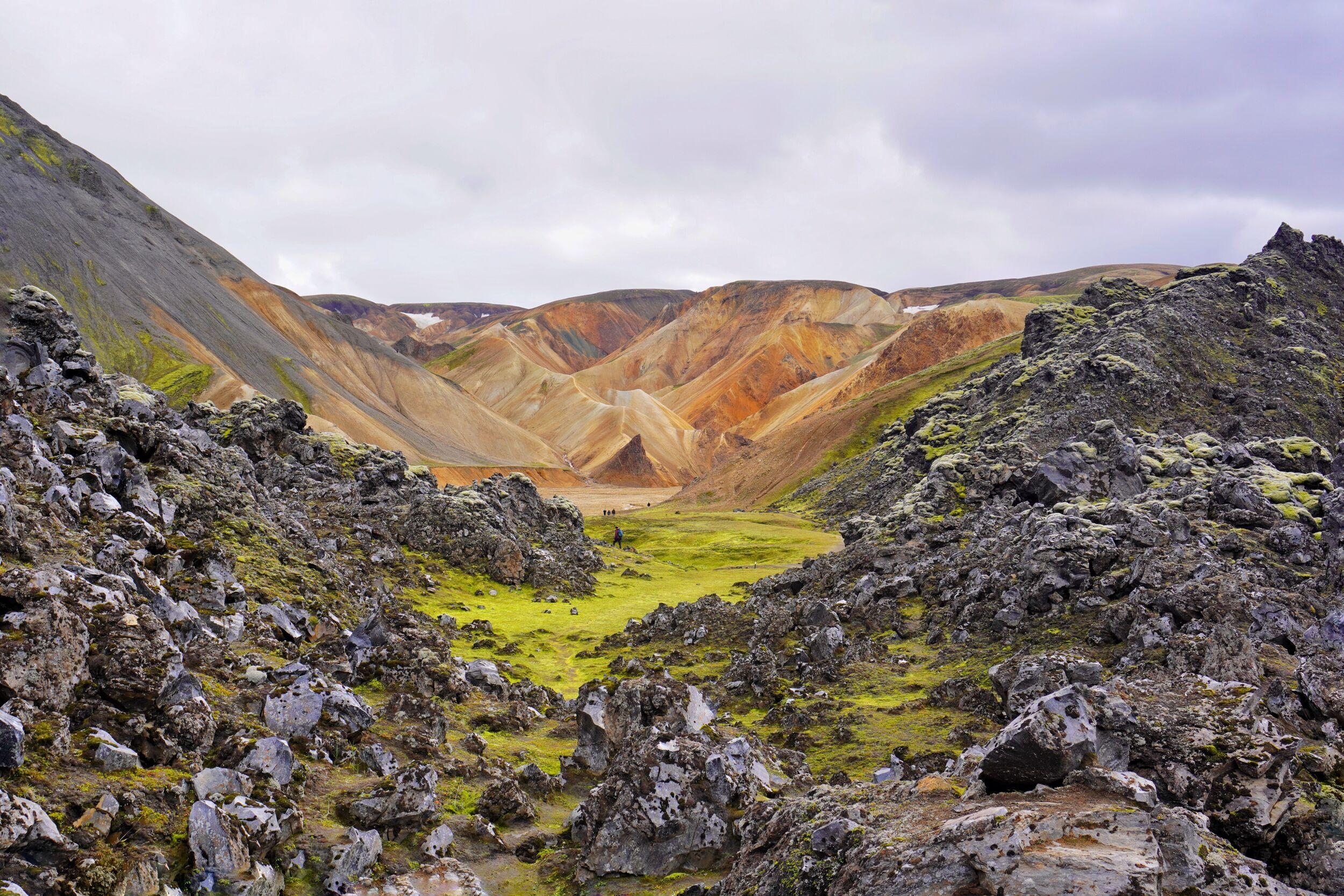
Now that you’ve an idea of Iceland’s monthly weather, let Icelandia be your trusted guide when it comes to planning your trip to the country. With a wealth of tours on offer and easy online bookings, you’ll find something enjoyable to fill your days no matter what Iceland’s seasonal weather patterns throw at you.
FAQ
May and June are usually the driest months, while November and December tend to be the wettest.
Keep in mind that “rainfall” often includes snow or sleet — especially from late autumn through early spring — so “wet” doesn’t always mean rain.
Iceland’s temperatures stay relatively mild year-round thanks to the Gulf Stream, but they do vary by season. Expect average lows around –1 °C in winter and highs near 12 °C in summer.
See our table up above for a detailed breakdown of temperature and daylight hours per month.
Whale-watching tours are available all year round from Reykjavik but high season runs from April to September, with June to August offering the highest number of sightings and calm seas.
Reykjavík and Húsavík (in the north) are the top departure points for tours.
The Midnight Sun peaks from late May through mid-July, when you can enjoy up to 21 hours of daylight — perfect for long road trips and photography.
By contrast, December brings only 4–5 hours of daylight, though it offers prime Northern Lights conditions.
Check out our table above for a detailed breakdown of daylight hours month-by-month.
The Aurora Borealis is visible from late August through mid-April, when nights are dark enough.
The best months tend to be October, February, and March, offering long nights and frequent clear skies.
In summer, daylight is too strong for auroras to be seen.
- Reykjavík & the South Coast: milder winters and more rain thanks to the Atlantic’s influence.
- Akureyri & North Iceland: colder, snowier winters and drier overall.
- The Highlands: the coldest and most unpredictable; roads are only open during summer.
Even within short distances, weather can shift dramatically — a sunny coast can hide a snowstorm inland.
Snow can appear as early as October or November, lasting through March or April in most areas.
In the Highlands, snow can linger until May or even June, while Reykjavík usually sees much shorter-lived snow cover due to milder coastal air.
Layering is everything.
- Winter (Nov–Mar): insulated jacket, thermal base layers, waterproof outer shell, boots with good grip, hat, gloves, scarf.
- Spring/Autumn (Apr–May, Sep–Oct): waterproof jacket, fleece mid-layer, warm hat, gloves, sturdy waterproof boots.
- Summer (Jun–Aug): light jacket, rain gear, quick-dry clothes, hiking boots, sunglasses, and a swimsuit for hot springs.
Weather can shift quickly, so pack as if you’ll experience all four seasons in one day.
Yes — April to early May and September to early October are the shoulder seasons, with fewer tourists, lower prices, and still-pleasant weather.
Winter (Jan–Mar) can also be budget-friendly, though some tours close due to snow or daylight limitations.
Very quickly. It’s famous (among guides and locals) that weather can shift from sun to storm to rain to clear sky all within a few hours or less. Some specifics:
- A calm, blue-sky morning may turn into heavy showers or even snow flurries in the mountains by afternoon.
- Strong winds can gust suddenly, especially on coastlines or ridges.
- Low clouds and fog may roll in or out rapidly, obscuring visibility even over short distances.
- Because of Iceland’s oceanic and mountainous dynamics, microclimates exist — conditions on one side of a ridge may differ sharply from another side.
Advice: stay flexible, build buffer time into your itinerary, monitor local weather forecasts (e.g. Icelandic Meteorological Office / vedur.is), carry waterproof and windproof layers at all times, and be prepared to adjust plans. Many experienced Iceland travelers advise planning for “sunshine, rain, sleet, wind — in one day” as the standard. And remember, that this is all part of Iceland's charm and grand personality!
More inspiration for your trip to Iceland
See all articlesRecommended tours
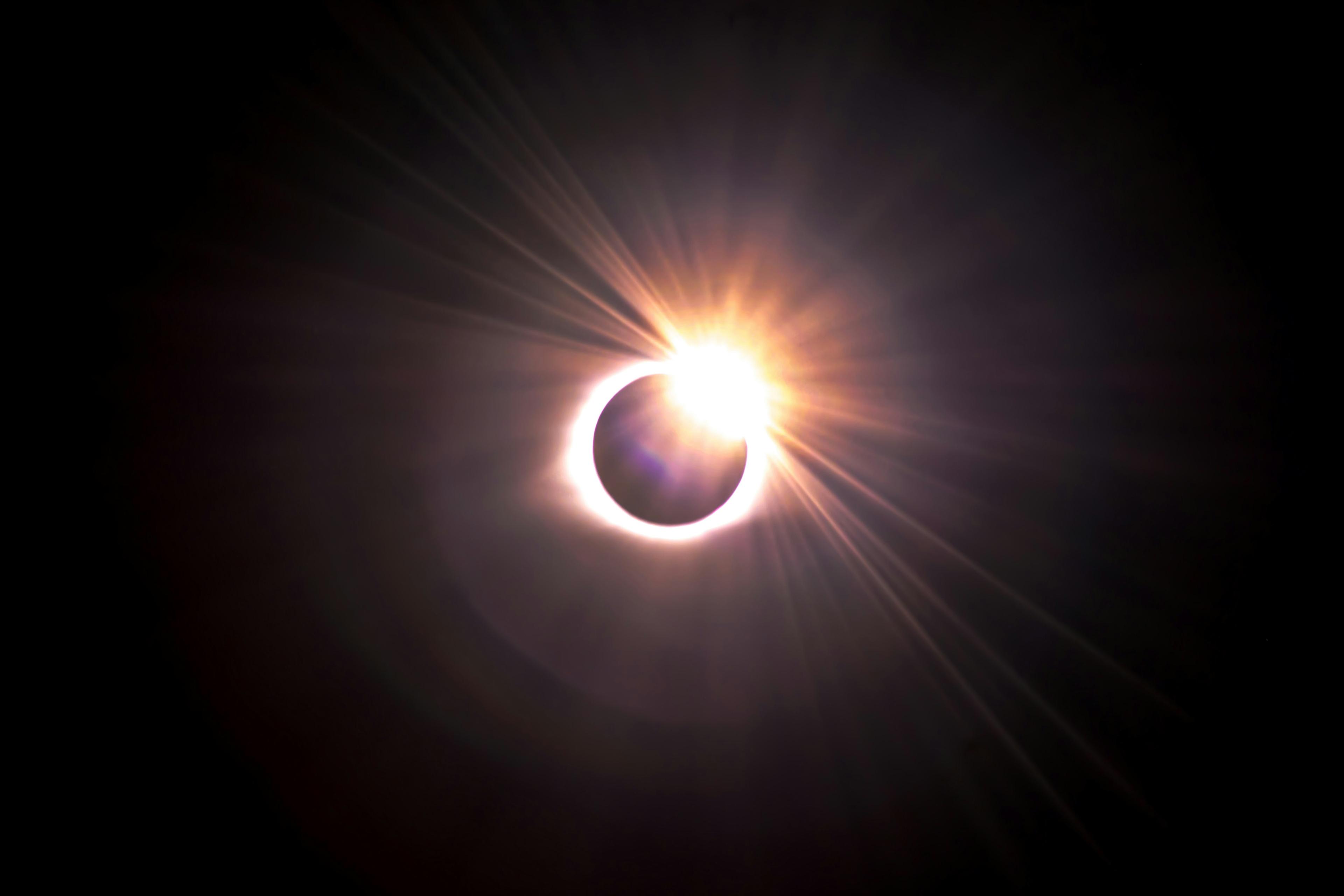
- Limited availability!
Iceland Eclipse 2026 Tour – Chasing the Best Conditions for Totality
Experience the Iceland Eclipse 2026 on a carbon-neutral tour! With no fixed route, we’ll chase the best possible viewing conditions within the path of totality based on real-time weather forecast. Witness totality from Iceland’s most epic landscapes! Seats are limited, secure your spot for this once-in-a-lifetime event!
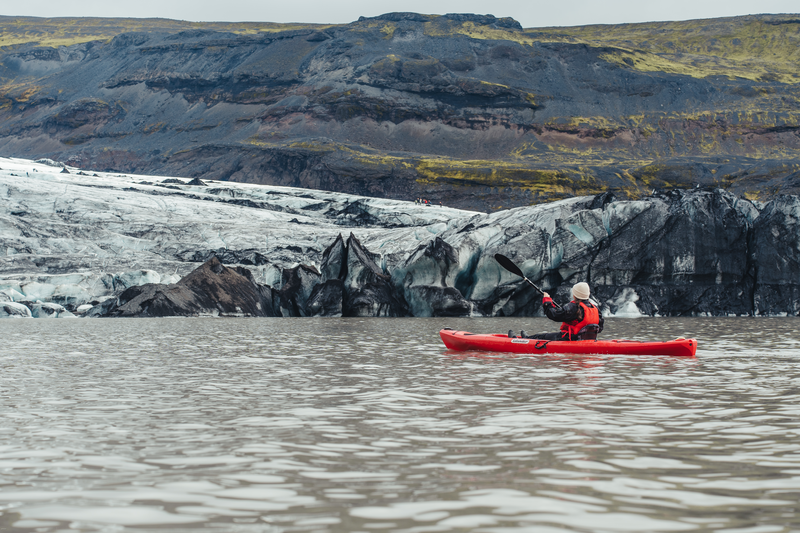
Glacier Lagoon Kayak and Buggy
Experience the magic of a glacier lagoon by kayak and the thrill of a buggy ride in one unforgettable day! This adventure combo pairs the serenity of paddling on crystal-clear glacial waters with the excitement of exploring rugged landscapes by buggy.
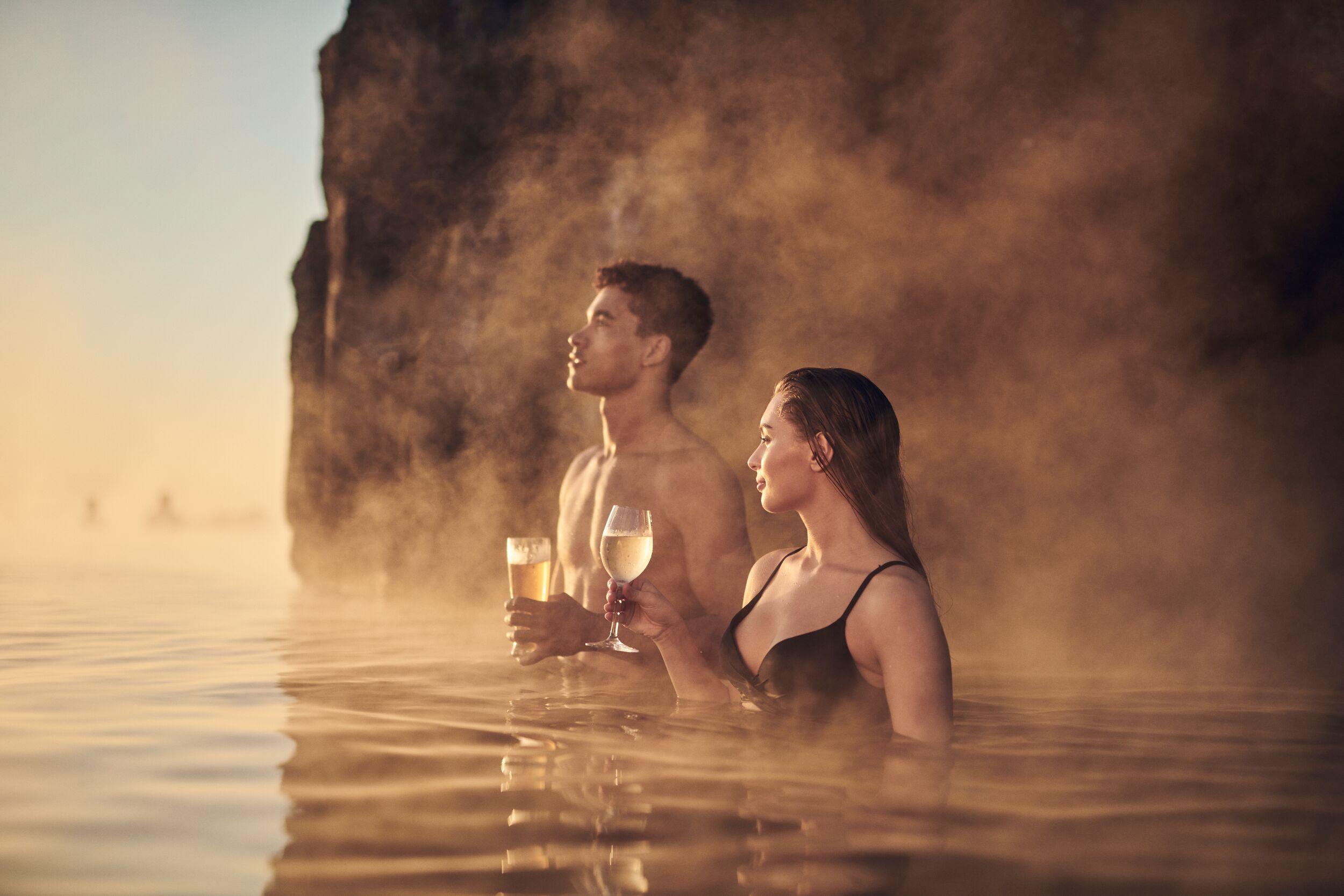
Sky Lagoon Saman Pass with Transfer
The Sky Lagoon is a geothermal spa inspired by the nature and culture of Iceland, located just minutes from downtown Reykjavík. This pass includes Sky Lagoon’s signature Skjól ritual and access to public changing facilities.
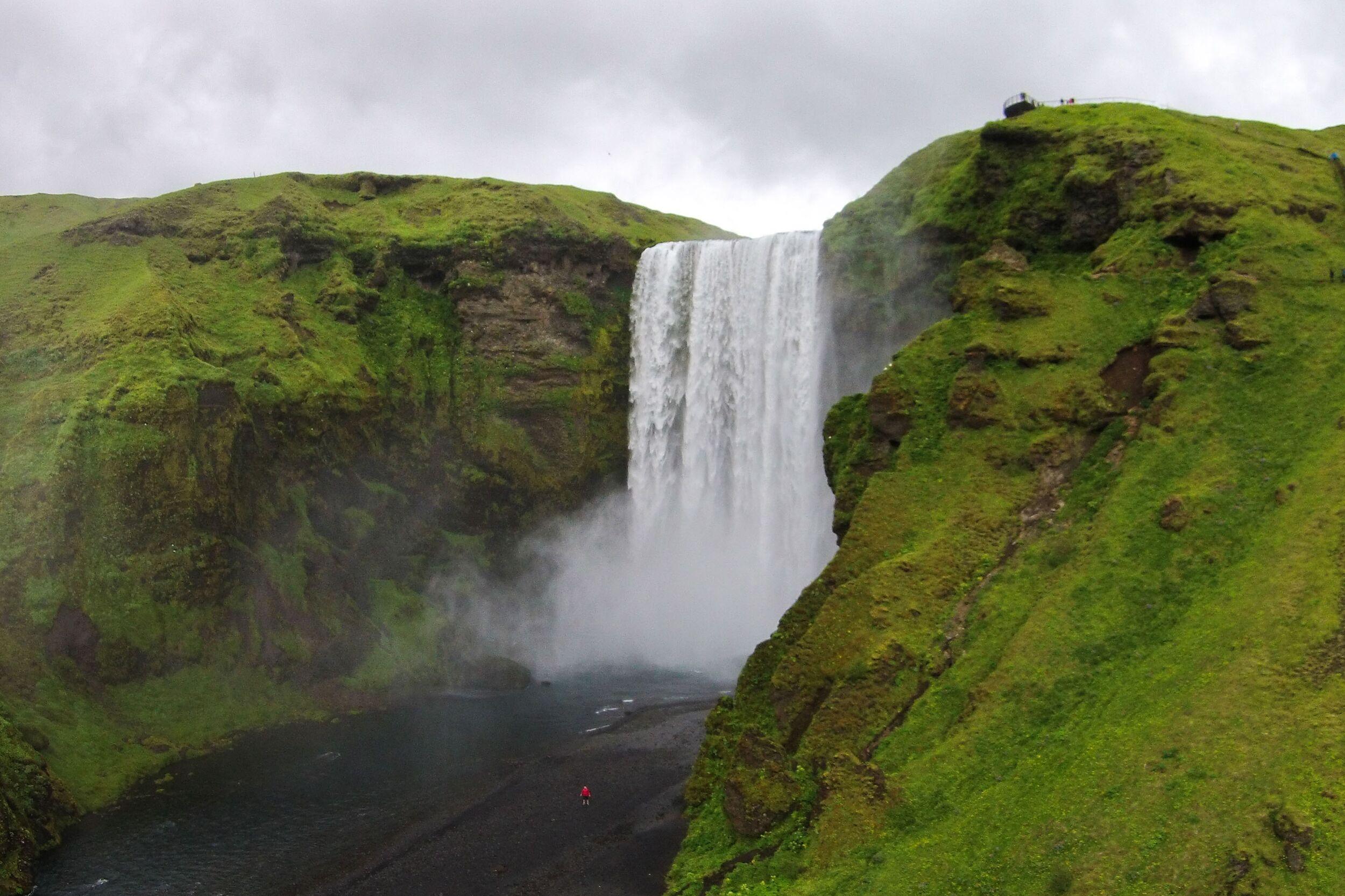
Highland Bus - Reykjavík to Skógar
In the summer, Skógar comes alive, turning into a lush green wonderland under the towering Eyjafjöll mountains. The area is home to one of Iceland’s most famous waterfalls, Skógafoss, a pearl of the south coast. The drive to Skógar is a scenic ride through the picturesque south of Iceland, passing by small farms and charming villages with astounding views of the surrounding mountains and volcanoes on clear days. Whether you are planning a day trip to the region or a multi-day hike, leave the driving to us!
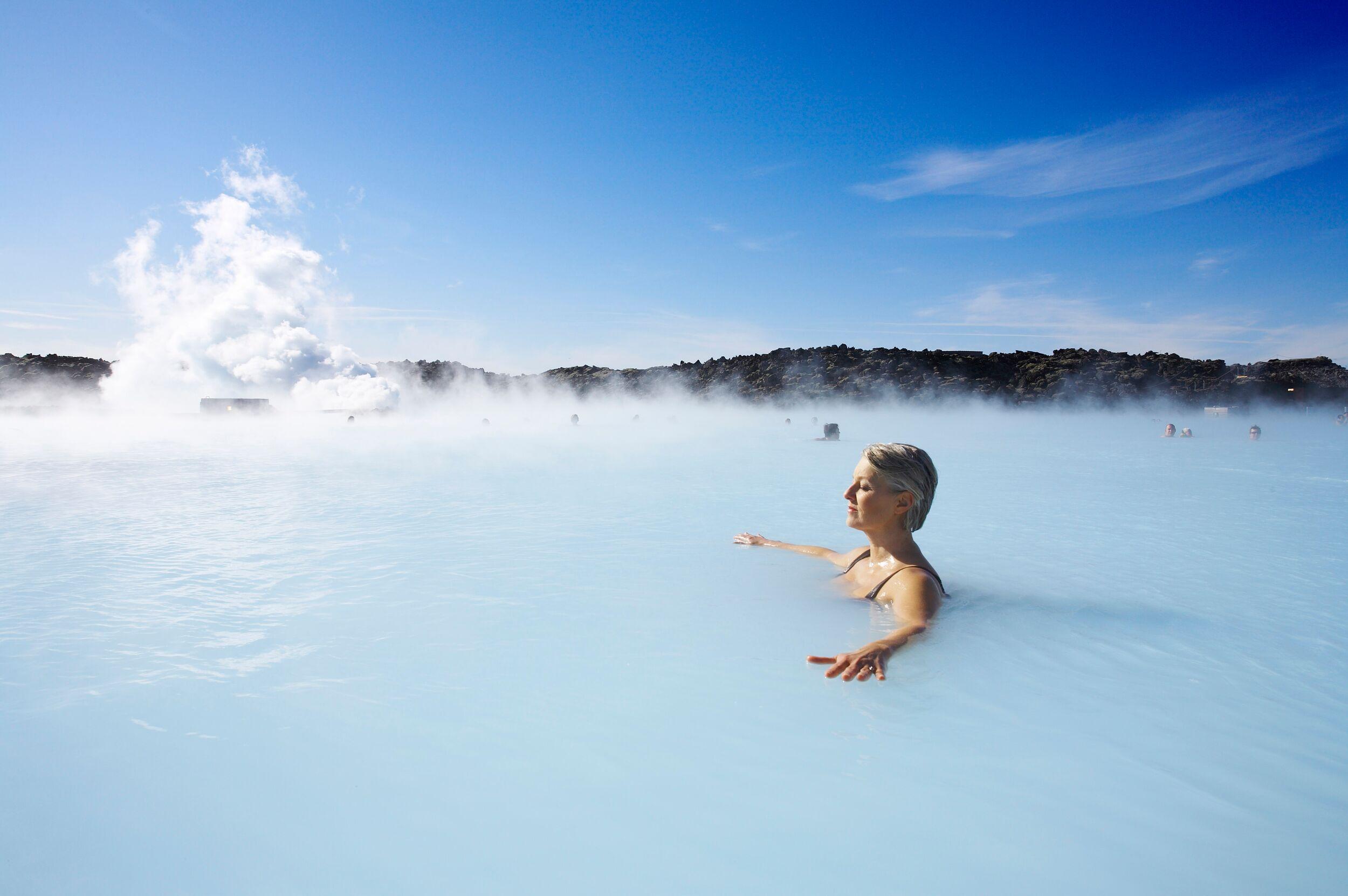
- Best seller
- Popular
Blue Lagoon & Northern Lights
Enjoy a perfect winter day in Iceland! Experience the best of Iceland with this package of two of the island’s most popular tours in one day! Soak in the milky blue healing water of the Blue Lagoon, which is one of Iceland's most famous tourist attractions and is considered by many to be a once-in-a-lifetime experience and an unmissable part of a visit to Iceland. After your return to Reykjavík, a guide will lead you on a search for the elusive northern lights! Watching the lights dance and flicker in the sky, changing shape and colour, is incredible. Prepare to be dazzled!
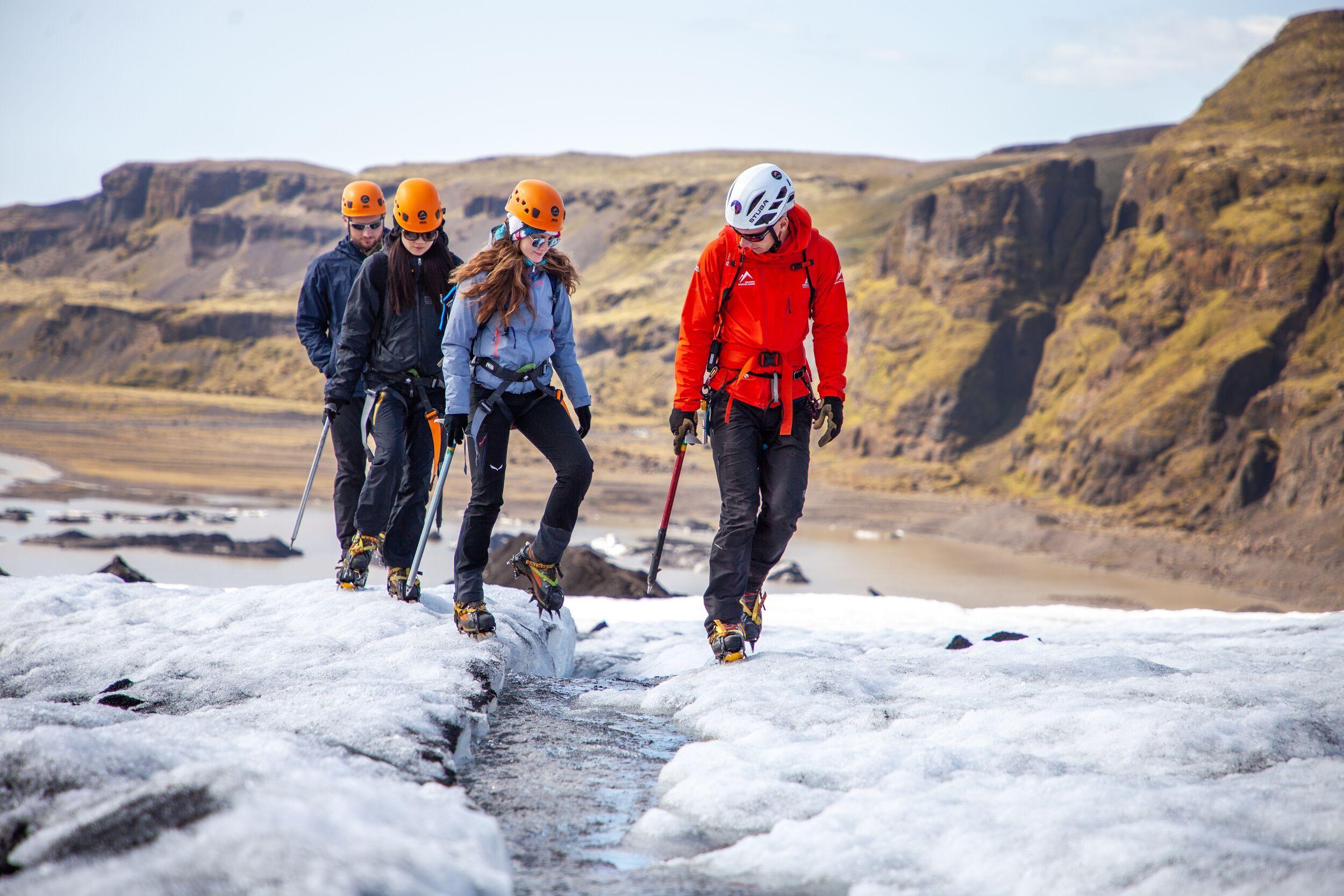
Glacier Discovery - 3-hour Sólheimajökull Glacier Hike
Join this easy, short glacier hike and explore the beautiful, icy wonderland of Iceland’s Sólheimajökull Glacier. Enjoy the fresh air, interesting shapes and hues of the ice and marvel at the vast and remote slice of south Iceland. Led by an expert guide, get up close and personal with one of the country's most famous glaciers!


